Special Collections
The National Institute for Holocaust Documentation's Special Collections are created through joint institutional partnerships, generous gifts to fund significant acquisitions, and the sponsorship of key program areas. These collaborations advance the field of Holocaust education and scholarship by enabling access to an unparalleled repository of evidence that documents the fate of victims, survivors, rescuers, liberators, and others.
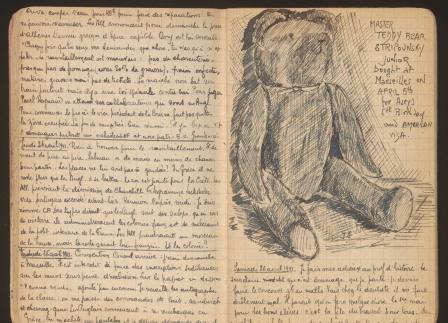
Save Their Stories
Save Their Stories consists of over 200 personal paper collections with diaries in them. The hand written pages are in 17 different languages and from a dozen countries. These contemporaneous first person accounts tell stories of immigration, refugees, imprisonment in camps and ghettos, hiding, soldiers and POWs. This project was funded by the generous donors to our crowdfunded Save Their Stories campaign.
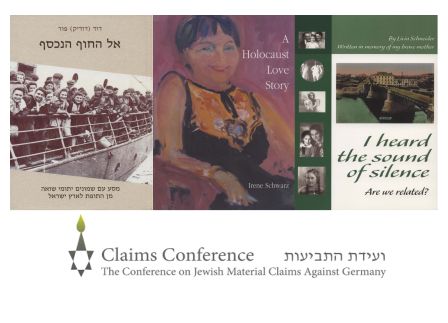
Claims Conference Holocaust Survivor Memoir Collection
The Claims Conference Holocaust Survivor Memoir Collection consists of unpublished or privately published survivor memoirs which were collected by the Claims Conference in an effort to preserve these first-person accounts for the benefit of future generations, and to support research and education. Access to the print and/or digital copies of memoirs in this collection is made possible by USHMM on behalf of, and with the support of, the Conference on Jewish Material Claims Against Germany.
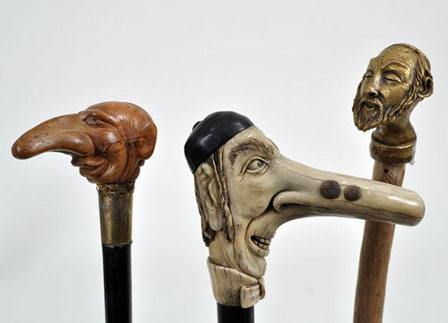
Katz Ehrenthal Collection
The Katz Ehrenthal Collection—acquired through the generosity of the Katz family—consists of over 900 individual objects depicting Jews and antisemitic and anti-Jewish propaganda from the Medieval to the modern era, which were created and distributed throughout Europe, Russia, and the United States.
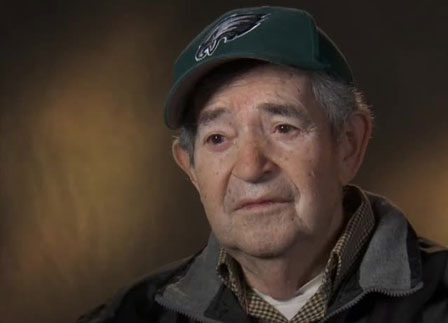
Jeff and Toby Herr Oral History Archive
The Jeff and Toby Herr Oral History Archive is one of the largest and most diverse collections of Holocaust testimonies in the world. It includes interviews conducted by the Museum, as well as testimonies produced by individuals and other institutions such as libraries, archives, and local Holocaust research centers.
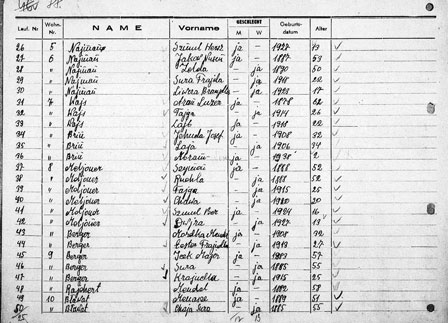
Claims Conference International Holocaust Documentation Archive
The Claims Conference is the principal negotiator for compensation and restitution for survivors of the Holocaust and heirs of victims. Founded in 1951 by 23 international Jewish organizations, it funds the acquisition and duplication of materials that advance research, education, and documentation. This collection contains over 1,000 documents, almost 200 oral history testimonies, and more.
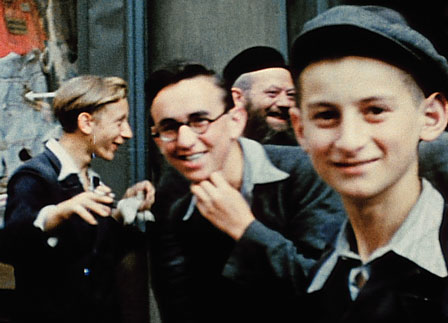
Steven Spielberg Film and Video Archive
The Steven Spielberg Film and Video Archive is one of the world’s most comprehensive resources for moving images pertaining to the Holocaust and World War II. It contains 1,050 hours of historical film, 9 hours of programming related to the creation of the Museum’s Permanent Exhibition, and 220 hours of film outtakes from Claude Lanzmann’s film Shoah, which features Holocaust survivor testimonies.
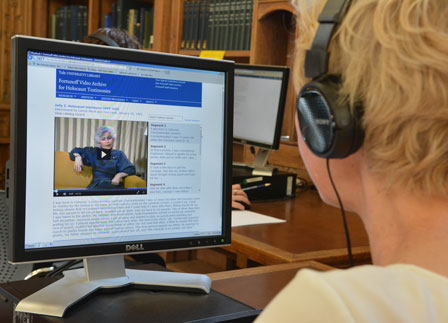
Fortunoff Video Archive for Holocaust Testimonies
The Fortunoff Video Archive for Holocaust Testimony contains over 10,000 hours of oral history testimonies from over 4,400 survivors and witnesses, recorded from the 1980's to today. This Archive began as the Holocaust Survivors Film Project in 1979, and has been managed by Yale University Libraries since 1981. These testimonies are available for viewing in the Museum's Library and Archives reading rooms.

USC Shoah Foundation Visual History Archive
USC Shoah Foundation’s collection contains nearly 55,000 video testimonies, including Jewish, homosexual, Jehovah’s Witness, and Roma and Sinti (Gypsy) survivors; liberators and liberation witnesses; political prisoners; rescuers and aid providers; survivors of Eugenics policies; and participants in war crimes trials. These testimonies are available for viewing in the Museum's Library and Archives reading rooms, and at other access sites around the world.



